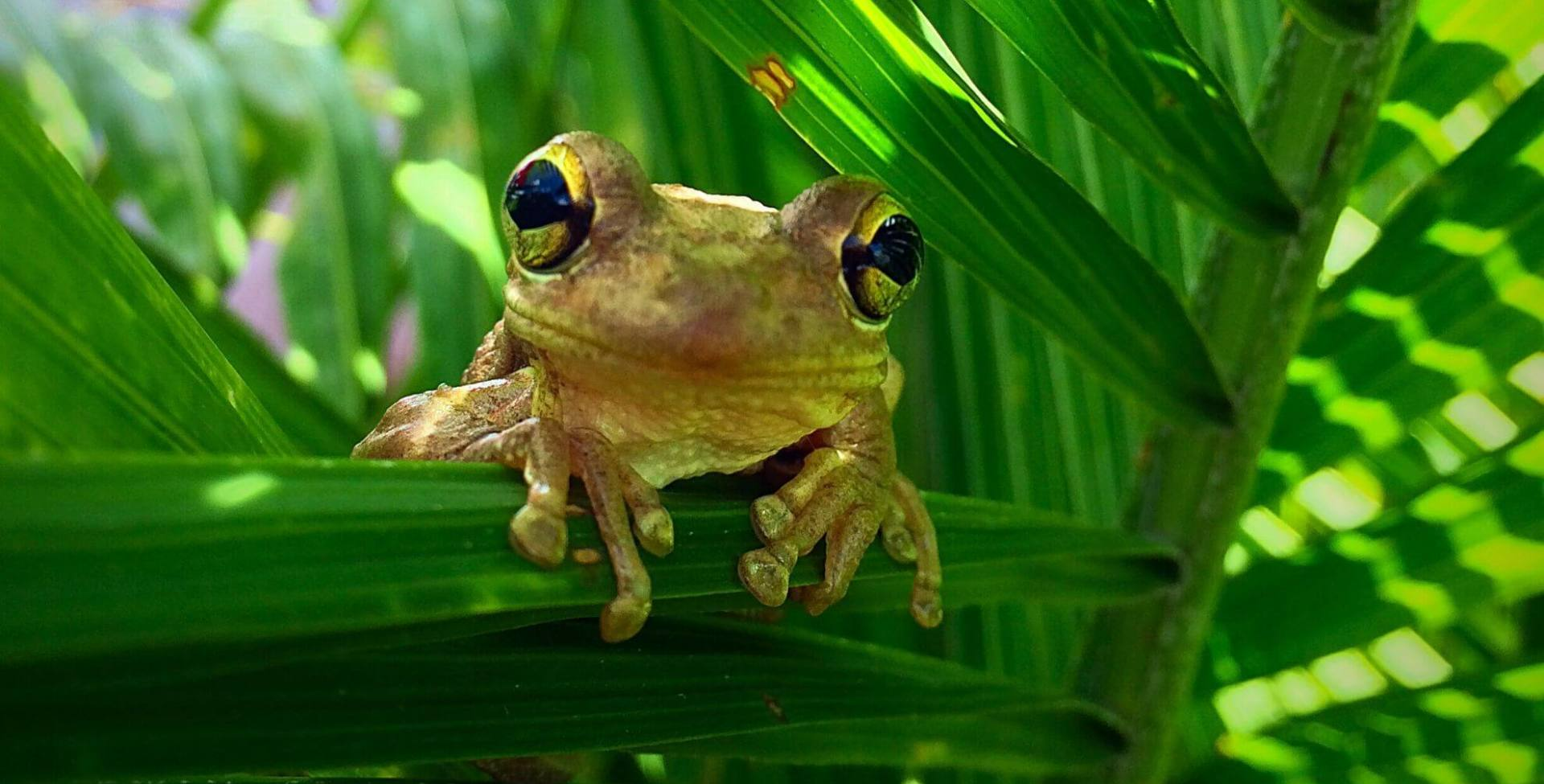Amphibians

What Makes an Amphibian an Amphibian?
Couch's Spadefoot Toad
Poison Dart Frogs
Click through the slides below to learn more about amphibian metamorphosis.

Slide title
Write your caption hereButton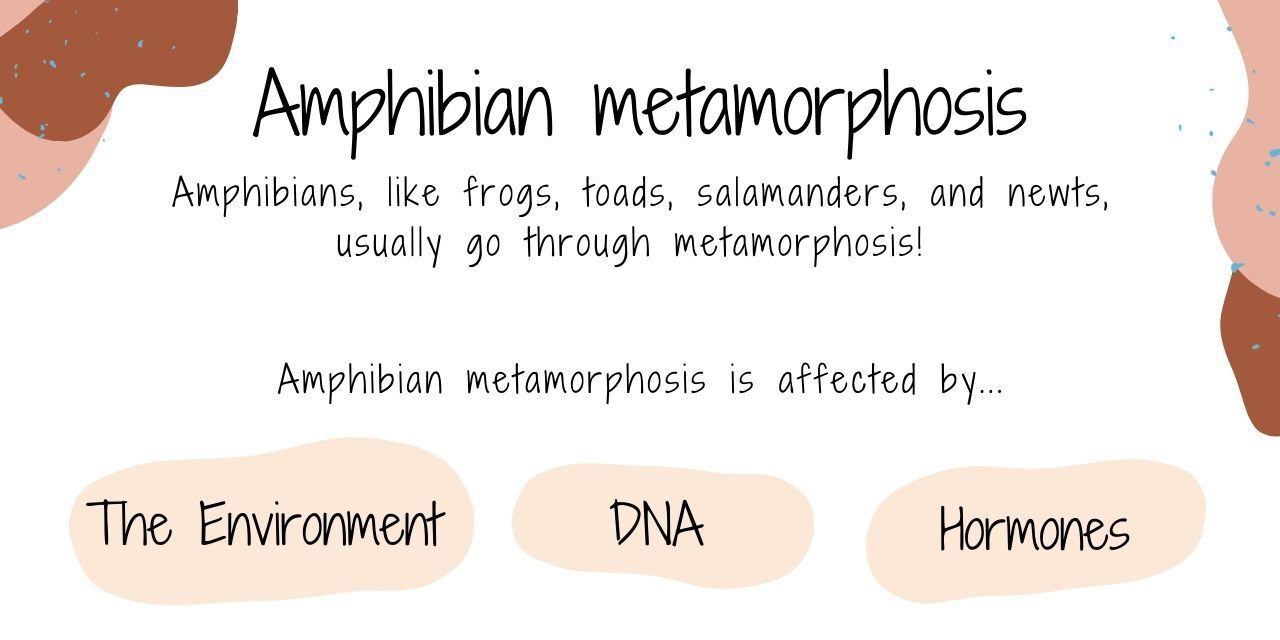
Slide title
Write your caption hereButton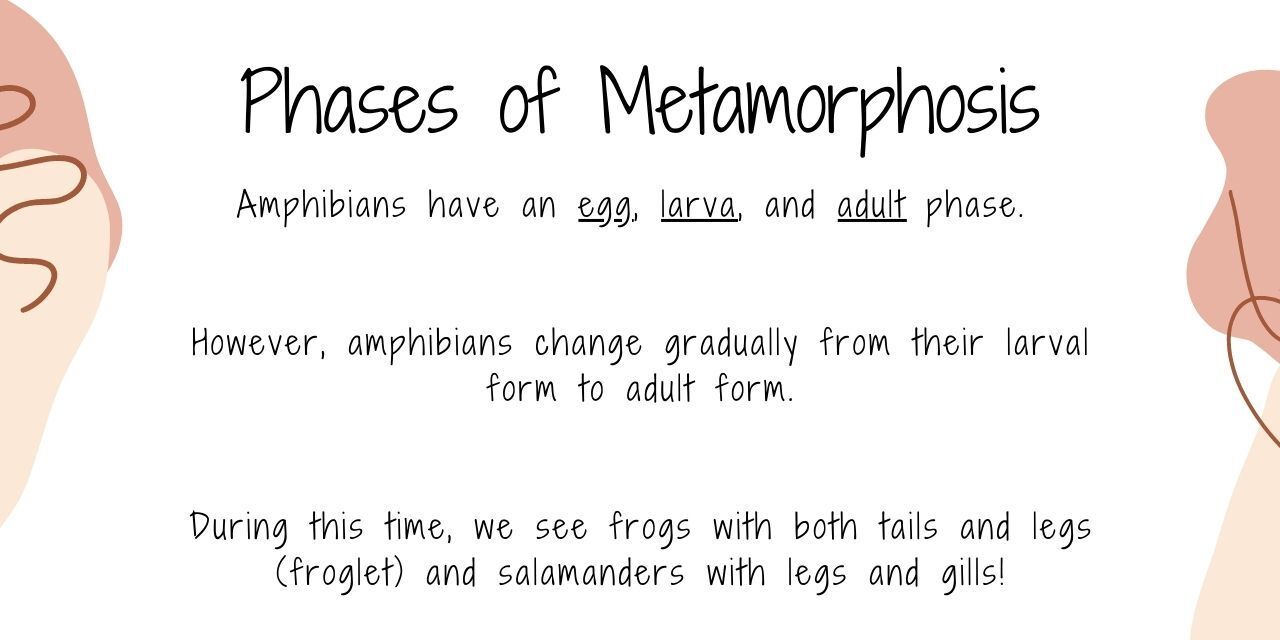
Slide title
Write your caption hereButton
Slide title
Write your caption hereButton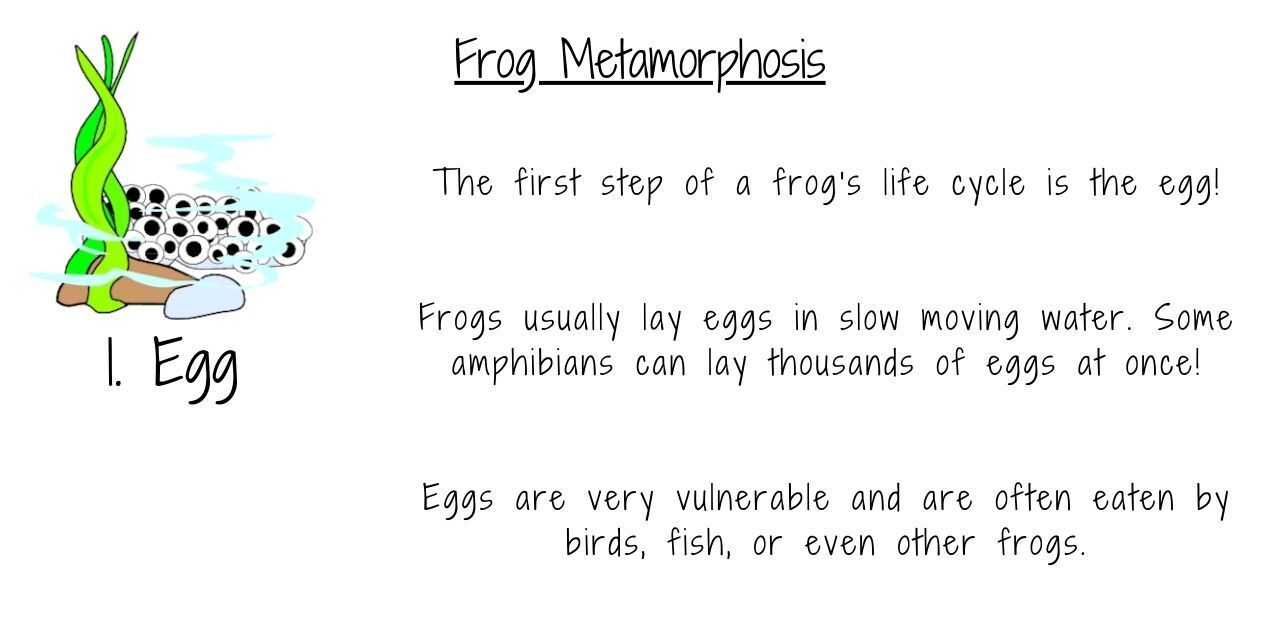
Slide title
Write your caption hereButton
Slide title
Write your caption hereButton
Slide title
Write your caption hereButton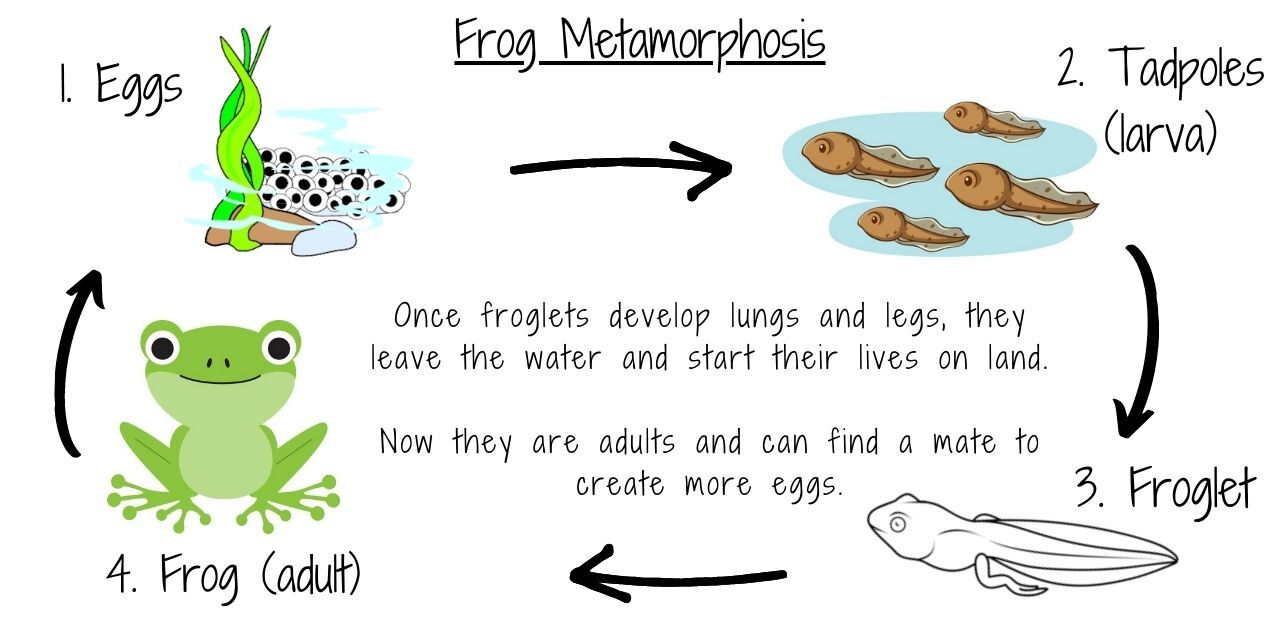
Slide title
Write your caption hereButton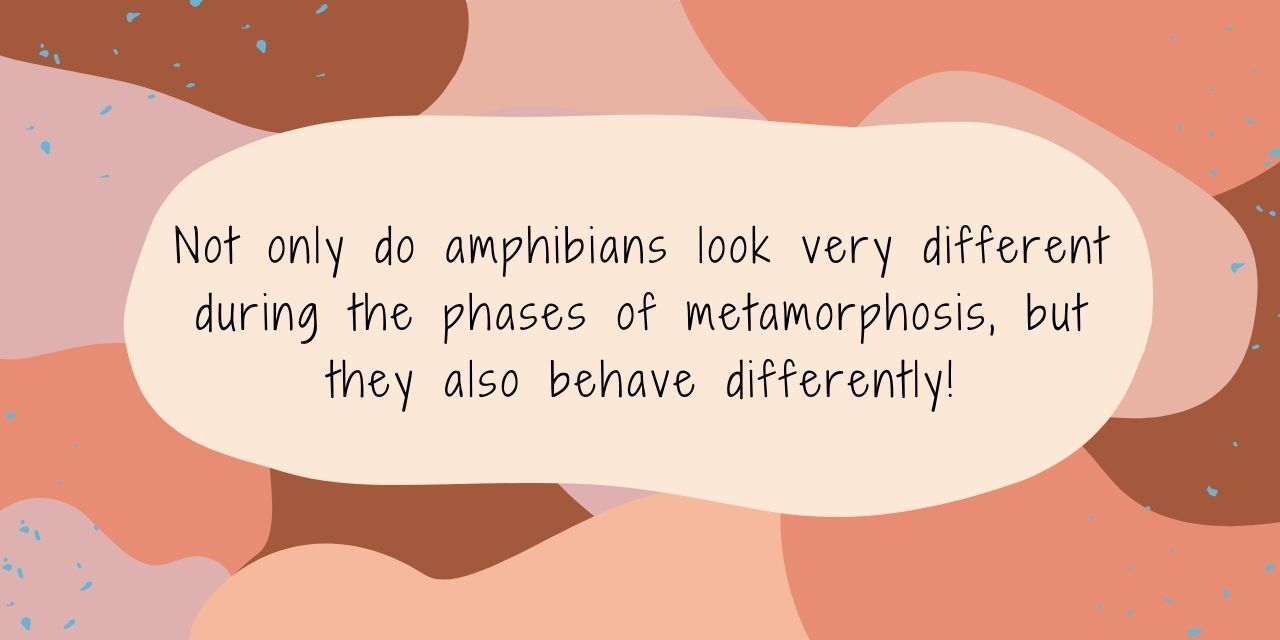
Slide title
Write your caption hereButton
Slide title
Write your caption hereButton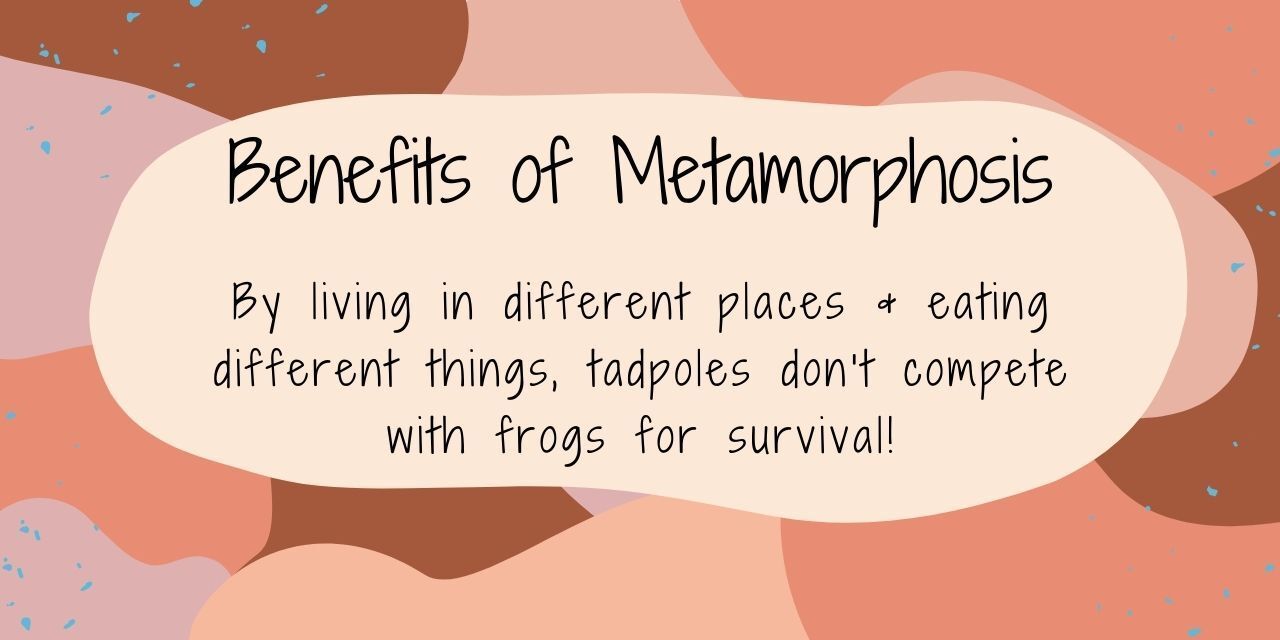
Slide title
Write your caption hereButton
Word of the Week
Permeable
An amphibian's skin is permeable, meaning liquid, gases, and nutrients can pass through it! This allows them to absorb oxygen from water and "breathe" underwater without gills.
This also makes them vulnerable to pollution or chemicals in the environment as those can be absorbed through the skin, as well.
Species Spotlight
Chinese Giant Salamander
Andrias davidianus
Years ago, in the rocky mountain rivers of central and southern China, it was common to see a Chinese giant salamander swimming through the rivers. Unfortunately, today, they are much harder to find. Chinese giant salamanders are critically endangered because of habitat loss, water pollution, and illegal hunting. As one of the largest amphibians in the world, they can grow almost 6-feet long and weigh more than 60-lbs! Chinese giant salamanders like to gobble up fish, frogs, worms, snails, crabs, and even smaller salamanders they find in their freshwater habitat. These salamanders usually live alone and are rarely spotted with others.
Unlike most salamanders, Chinese giant salamanders spend almost their whole lives in water! They have lungs that allow them to survive on land, but they are usually found underwater where they absorb oxygen through their skin. They often build dens in river banks and, during the breeding season, males and females will often use the same den. Females lay their eggs inside the den and the male will stay to protect them. Once the eggs hatch, the larva will begin the metamorphosis process in the river where they hatched! While we don’t know exactly how old a Chinese giant salamander can live, some scientists believe they can live up to 60-years.
Conservation Corner
Saving Our Wetlands
When we think of amphibians, we often think of water. While some amphibians are fully aquatic, most amphibians must live near water, like ponds, lakes, rivers, or streams, to lay their eggs. Amphibians have permeable skin, which allows them to do incredible things like absorb oxygen and nutrients from the water. This also means when pollutants or toxins are in the water, amphibians absorb those, too.
Many amphibians are indicator species, meaning their presence tells us about the health of an environment. If there are no amphibians around an aquatic ecosystem, there is a good chance that the environment is not healthy. You can protect amphibians by protecting aquatic ecosystems!
Eat organic food
Fertilizers and pesticides used to grow food often end up in runoff and, therefore, in lakes, rivers, and ponds. Eating organic foods means fewer chemicals in the runoff!
Reduce your water use
People often control where, when, and how water is moved to different communities. If we reduce our water use, then more water will be available for amphibians.
Dispose of chemicals properly
Lightbulbs, batteries, cleaning supplies, paint, old medicine, and many other items containing chemicals should not be thrown away in a normal garbage can. Take them to a hazardous waste drop-off center in your community!
Tell your friends!
While everything you do to protect amphibians is important, we can accomplish more when we all help out. Educate your friends and family on the importance of protecting our waterways.
BRAIN BLAST
Protecting water sources not only protects amphibians, but also ourselves! For this brain blast, find out where your drinking water comes from. Does this water source face any threats? How can you ensure that your water source stays protected for both you and our amphibian neighbors?
Amphibian Adventure
Use the clues below to complete the crossword puzzle.
Slimy Scramble
Unscramble the words below by dragging them to the correct spot to complete the sentence!
Our Favorite Amphibians Videos
Glossary
Adaptation
The process by which a species becomes more fit for its environment over the course of several generations. It is a result of natural selection.
Amphibian
A cold-blooded vertebrate with permeable skin that goes through a metamorphosis!
Aquatic
Living in water.
Brumation
A state of inactivity in ectotherms (cold-blooded animals) during the winter months.
Camouflage
The ability for an organism to blend into their surroundings usually to hide from prey or predators.
Diurnal
An animal that is most active during the day.
Ectotherm
An animal that relies on the outside temperature to regulate their body temperature (reptiles and amphibians). Also known as cold-blooded.
Endotherm
An animal that regulates their body temperature internally (mammals and birds). Also known as warm-blooded.
Environmental Indicator
A species whose presence or absence signifies the health of an ecosystem.
Invertebrate
An animal that has no bones.
Metamorphosis
The process of an animal changing and developing from an egg to an adult through different life phases.
Nocturnal
An animal that is most active at night-time.
Permeable
Allowing liquid, nutrients, or other chemicals to pass through.
Poison
A toxin that is harmful when touched or eaten and is often produced through glands.
Predator
An animal that hunts other animals for food.
Prey
An animal that is hunted and eaten by another animal.
Species
A closely related group of animals with similar characteristics that are capable of reproducing (example: tigers).
Subspecies
A group of animals within a species that are genetically different from other groups in the same species (there are 6 subspecies of tigers).
Terrestrial
Living on Earth (on the ground).
Venom
A toxin that is injected into prey through teeth or a stinger.
Vertebrate
An animal that has a backbone.
Sign Up for our Newsletter
Stay up to date with new adventures, live classes, deals, and more!

Helpful Resources
*Please note we do not offer refunds for EdZOOcating Adventures memberships. We recommend you explore the 3-day free trial prior to subscribing!*





